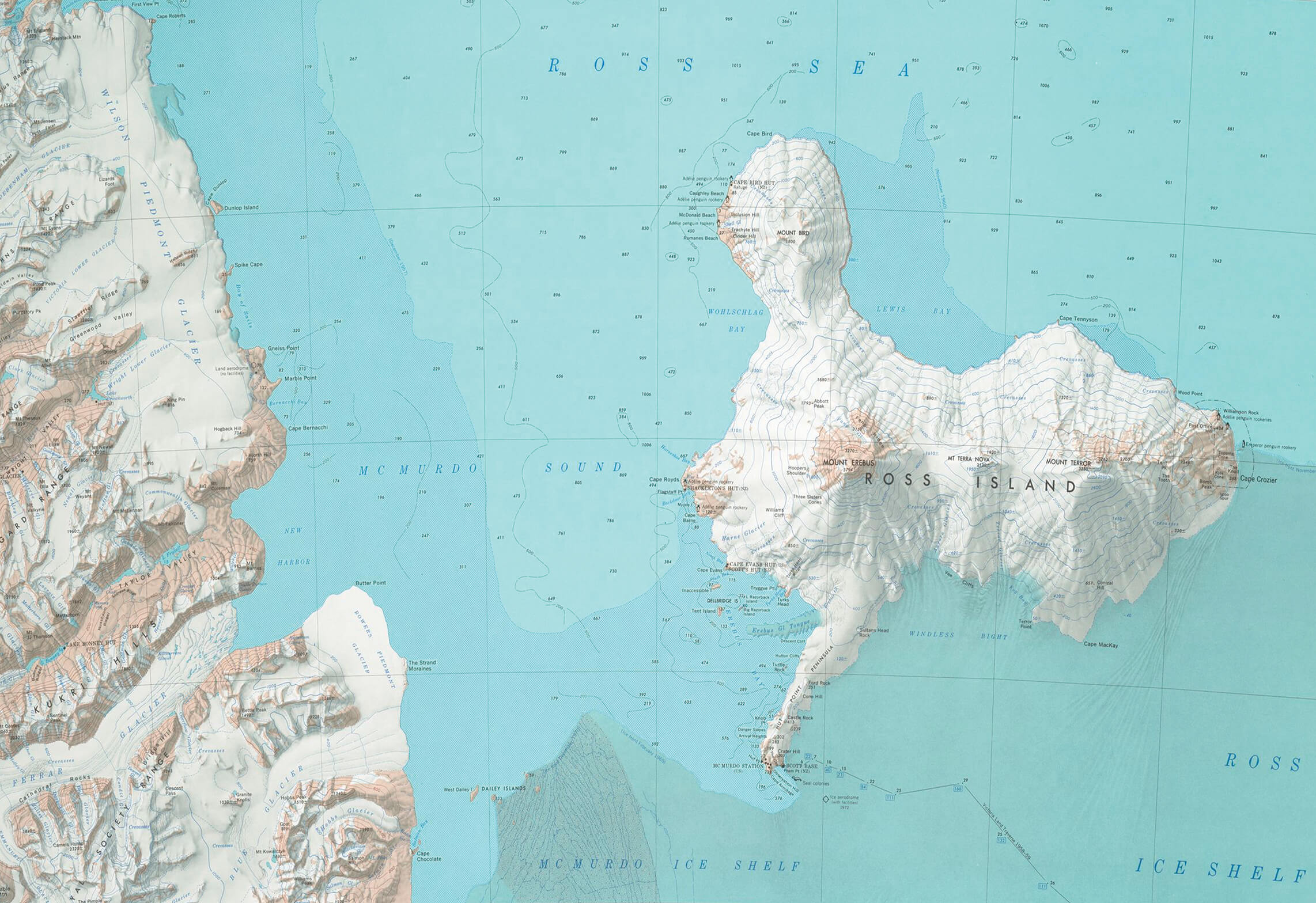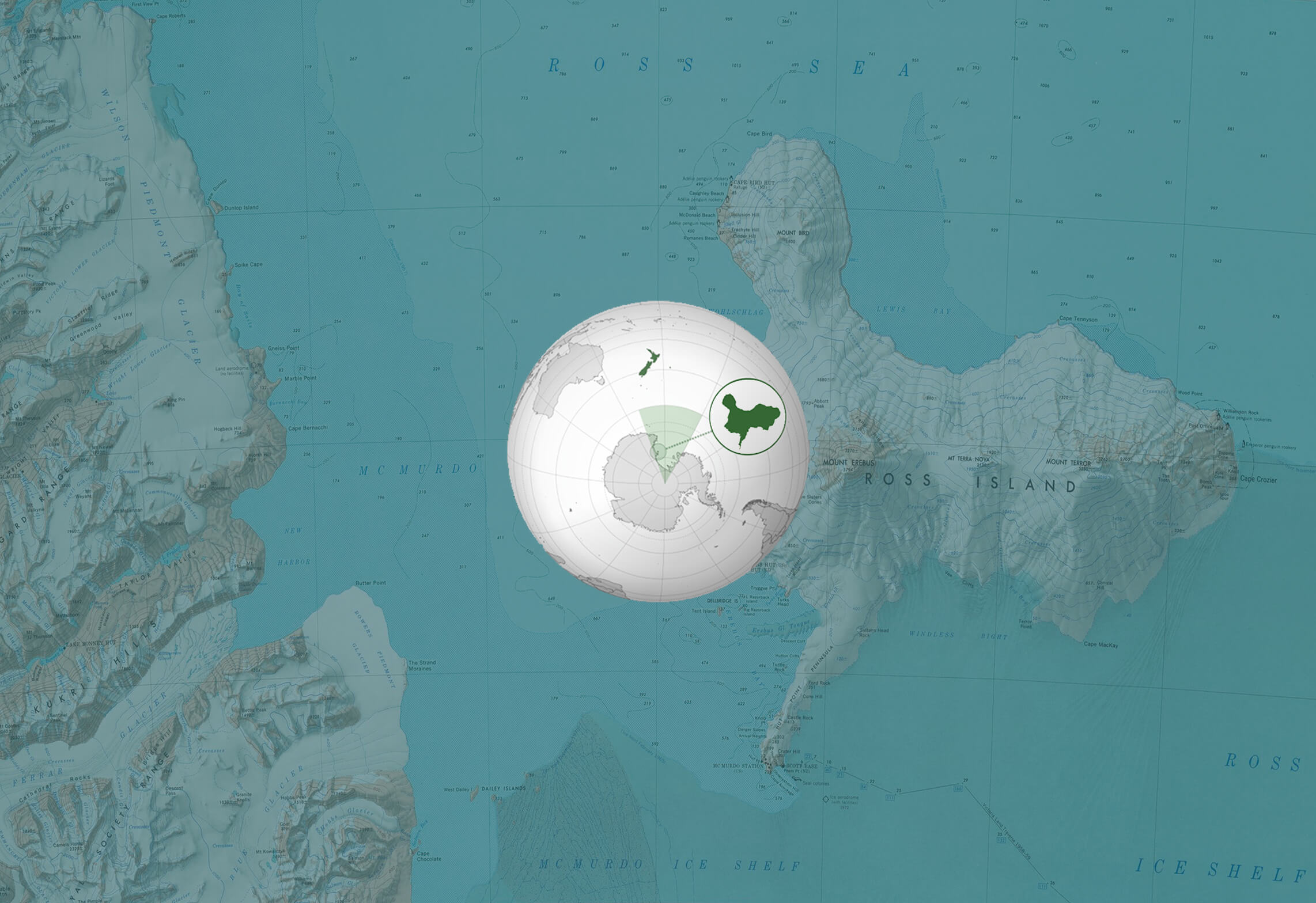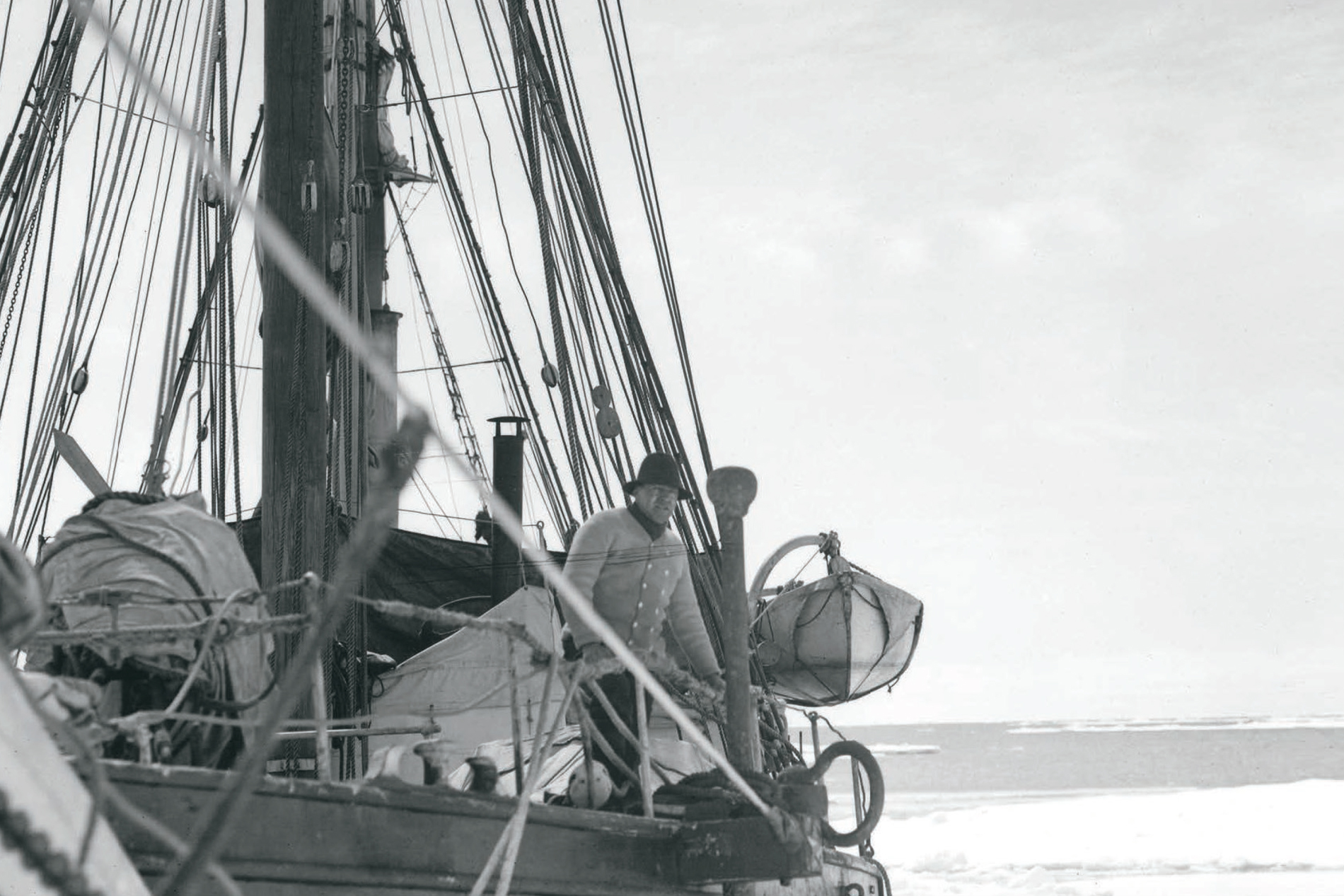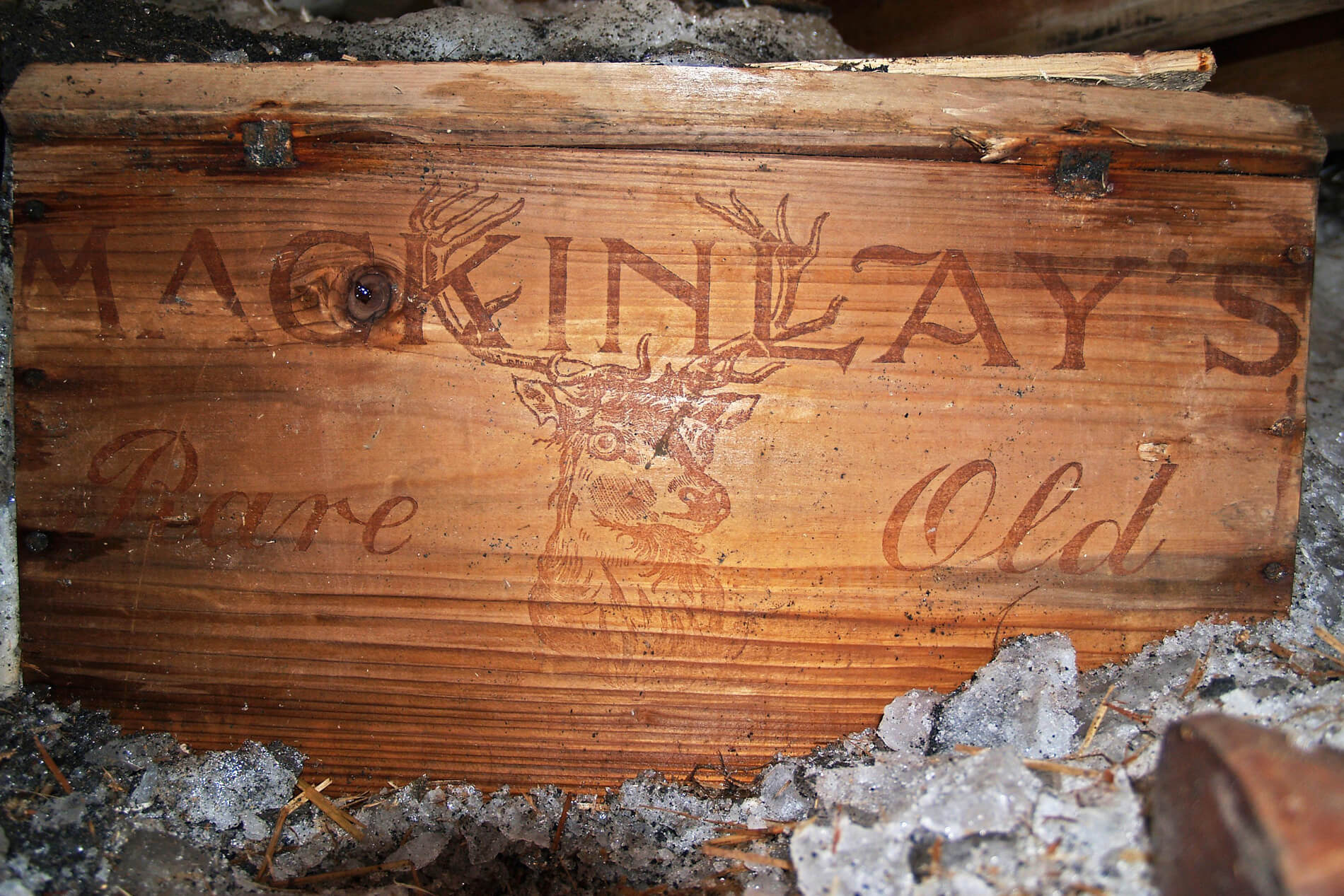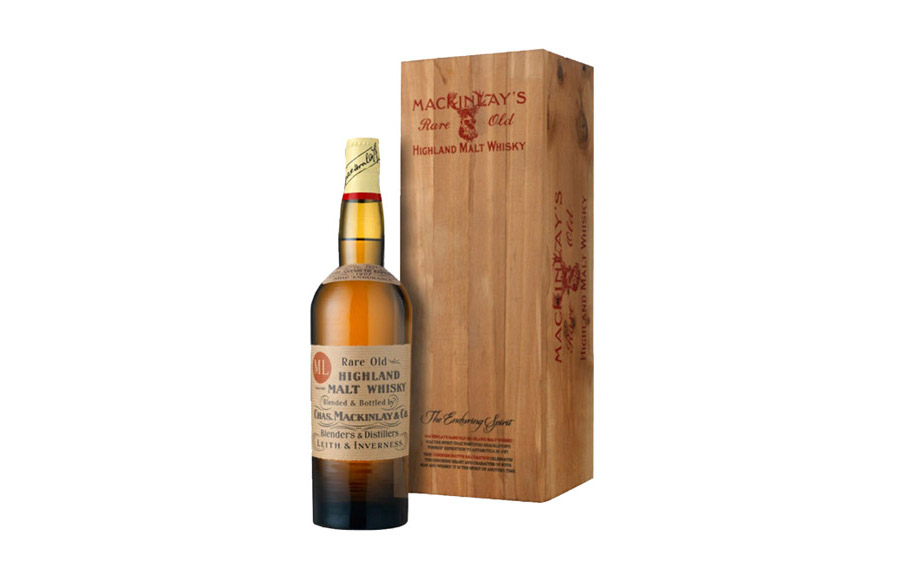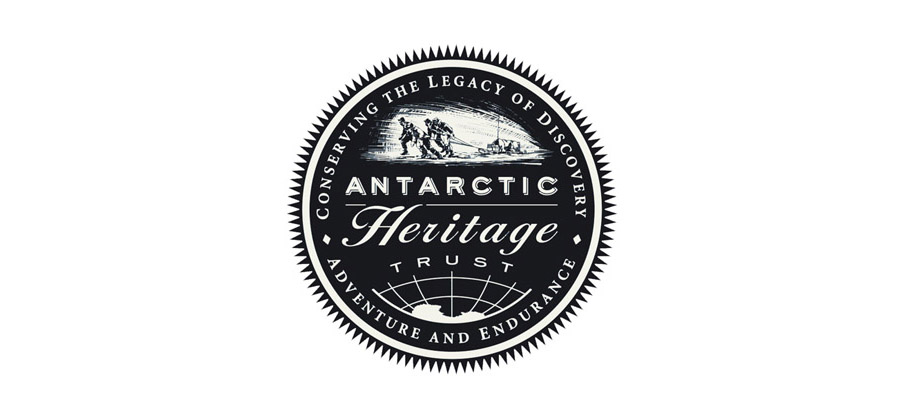SIR ERNEST SHACKLETON
-
Our Story
+"We watched the little hut fade away in the distance with feelings almost of sadness, and there were few men aboard who did not cherish a hope that some day they would once more live strenuous days under the shadow of mighty Erebus.”
ERNEST SHACKLETONMuch like Ernest Shackleton’s aforementioned hut on Ross Island, Stravon's hut in The Hunters Hills lives under the shadow of a mighty peak and funnily enough it's a peak that carries a deep connection with Shackleton's British Antarctic 'Nimrod' Expedition of 1907–09.
You see, the mighty peak we speak of is Mount Nimrod or Kaumira as it is also known as. In this instance, Mount Nimrod received it's name in late 1907 when members of the Nimrod Expedition were the first to climb it while en route to Antarctica on board Shackleton’s S.Y Nimrod.
And that's how this little room (with a whole lot of choices) got its name.
Here in New Zealand we hold Antarctica with a deep respect which can be traced back to Shackleton's second expedition... the 1915 Imperial Trans-Antarctic Expedition when the Kiwi, Frank Worsley, the Captain of the Endurance and subsequently the James Caird became the single overriding factor to one of the greatest maritime rescues in history when they navigated his way off Antarctica's Elephant Island to South Georgia (some 800 nautical miles away) in a dinghy, with nothing more than a sextant to help Shackleton rescue the Expedition from absolute disaster.
After Worsley, it was Sir Edmund Hillary that helped blaze the trail into Earth’s most southern continent. In early 1958, five years after he conquered Mount Everest, Sir Ed was involved in the Commonwealth Trans-Antarctica Expedition and led the New Zealand party first to the South Pole, effectively achieving what Sir Ernest Shackleton was trying to achieve back in 1914/15.
Today, New Zealand’s home on the Ice is Scott Base - a centre of research into earth sciences and beyond, located on Ross Island, only a stones throw away from Shackleton's Hut on Cape Royds and some 4,000 km from this little room in the middle of nowhere that has a whole lot of choices.
-
Shackleton's Story
+Sir Ernest Henry Shackleton CVO OBE FRGS was a polar explorer who led three British expeditions to the Antarctic, and one of the principal figures of the period known as the Heroic Age of Antarctic Exploration.
Born in County Kildare, Ireland, his first experience of the polar regions was as third officer on Captain Robert Falcon Scott’s Discovery Expedition 1901–04, from which he was sent home apparently on health grounds, this created a fall out between the two and this provided Shackleton the motivation to get back down to the Ice under his own steam.
In June 1907, the Glen Mhor distillery in Inverness, Scotland, received an order from him for a total of 46 cases of Mackinlay’s Rare Old Highland Malt for The Nimrod Expedition of 1907 –1909. Six months later, upon arriving on Ross Island, Shackleton found a suitable place to erect the expedition’s hut and with space at a premium, the precious crates of whisky were stored under the hut**. From there they embraced expedition life, preparing for the adventures that lay ahead. Shackleton and three companions established a new record by achieving the Farthest South latitude at 88°S, only 97 geographical miles (180 km) from the South Pole, the largest advance to the pole in exploration history at the time. Members of his Nimrod Expedition were the first to climb Mount Erebus, the world‘s southernmost active volcano. For these achievements, Ernest Shackleton was knighted by King Edward VII on his return home... Arise Sir Ernest.
After the race to the South Pole ended in 1911 with Roald Amundsen’s conquest, Sir Ernest turned his attention to the crossing of Antarctica from sea to sea, via the pole for what became the Imperial Trans-Antarctic Expedition, 1914–17. The Imperial Trans-Antarctic Expedition was made up of two teams on opposites sides of the continent. Disaster struck the expedition when its ship, Endurance, became trapped in pack ice and was slowly crushed before the shore parties could be landed.
"It is beyond conception, even to us, that we are dwelling on a colossal ice raft, with but five feet of water separating us from 2,000 fathoms of ocean, & drifting along under the caprices of wind & tides, to heaven knows where."
- Frank HurleyThe crew escaped by camping on the sea ice until it disintegrated, then by launching the lifeboats to reach Elephant Island and ultimately the inhabited mountainous island of South Georgia, a stormy ocean voyage of 720 nautical miles made in one of the lifeboats - the James Caird by Shackleton and five others, including New Zealander, Frank Worsley, who the New York Times described best... “Frank Worsley was Shackleton’s Captain. Fortunately he was a genius”.
"As James Caird grounded on the beach we leapt from her bows and hauled her up... we took it in turns to have a good drink. This water came from the swamps above, and it may have been peaty or muddy, but to us it was nectar."
- Frank WorsleyOnce land was made, Shackleton and his small party marched across treacherous terrain to reach a whaling station on the far side of the island. It was Shackleton’s most famous exploit and was heralded as the ‘greatest survival story EVER told.’ However, this tale was far from over and what became known as the ‘greatest survival story NEVER told’ was yet to unfold. On the opposite side of the continent was the Ross Sea Party of 1914-17 which arrived there on the S.Y. Aurora. This party was to lay depots along the route Shackleton proposed. Unknown to the men, Shackleton would never make it across the continent.
Disaster then struck when the Aurora broke free of it’s moorings just off shore from the hut. Stranding ten ill-equipped men on Ross Island who had no option but to see out the harsh winter until their rescue in January 1917 by the Aurora Relief Expedition, where the first face they were greeted by was none other than one Sir Ernest Shackleton. To survive they hunted seals for food and used the blubber to fuel the huts stove. Conditions were certainly tough. However, there was the WHISKY supply, strategically left there, just in case, by their fearless leader...
**In February 2007, while carrying out conservation work on the aging Nimrod Hut at Cape Royds, a team from the New Zealand Antarctic Heritage Trust found under the floorboards of Shackleton’s room the mummified remnants of three crates of Sir Ernest Shackleton’s whisky stash.This long lost whisky that even has a Red Stag on it’s box had been preserved in ice for almost a century!
In early 2010, one crate of the whisky was removed from the ice by the Antarctic Heritage Trust and flown directly back to New Zealand where the Canterbury Museum undertook a careful thawing and stabilisation process. It was then transported to Scotland where it underwent extensive examinations for it to be reproduced into all of its long-lost glory.
One of the great ‘finds’ of the 21st century this rare and valuable malt was best described as ‘a gift from heaven for whisky lovers'...
-
The Short Story
+Mackinlay's Shackleton Rare Old Highland Malt is available at SHACKLETON'S with special thanks to New Zealand’s Antarctica Heritage Trust who lovingly maintain (among 14,000 other artifacts) the protection of Sir Ernest Shackleton’s Nimrod Hut at Cape Royds, Ross Island, Antarctica.
